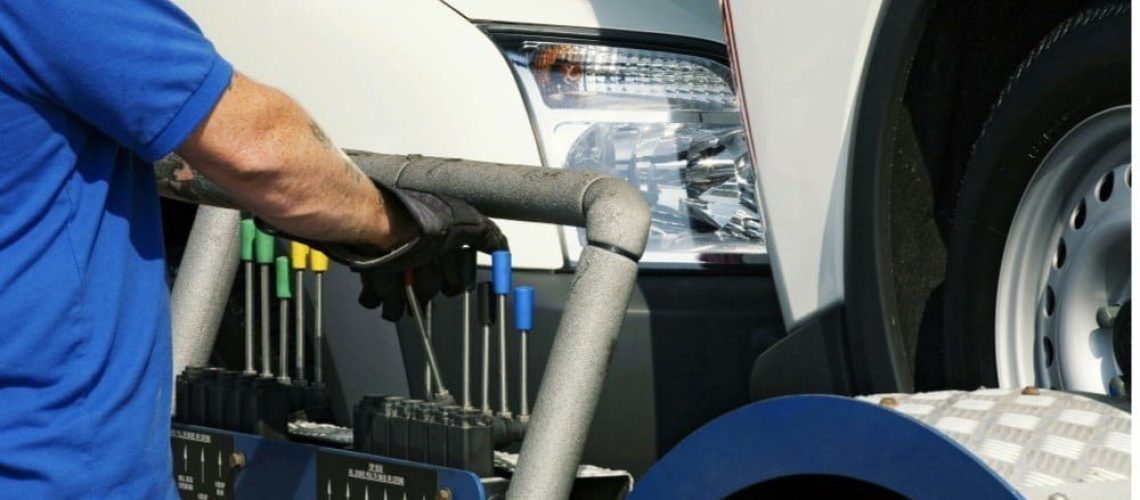If you haven’t heard the term upfitting before, it refers to a group of vehicle enhancements or accessories customized to accommodate the owner’s actual needs.
Contractor vehicles such as commercial vans or fleet vehicles apply most upfits so that company employees can make use of them on the job. Some different types of upfits include roof units, flooring, shelving, hangers, window tinting, stereo installation, etc.
Commercial vehicles design generally happens with efficiency in mind, and upfitting can help workers manage their time on the road more effectively and enjoyably.
How Upfitting Benefits your Business and your Fleet
If you happen to have a fleet of vehicles, you can have them all fitted in a custom process that will depend on the particular type of work that you do. Upfitting can get done in a standard manner across an entire fleet so that all employees have the same service when driving company vehicles. This in turn leads to the creation of a very efficient work environment when your employees are in-transit on behalf of the company.
When you update your fleet vehicles and make them better equipped for your employees, you can expect to have more productive drivers. You may also attract employees who are more qualified.
It’s no exaggeration to say that an entire fleet of upfitted vehicles could be a strong motivation for someone to want to join your company.
Before you start Upfitting…
Before upfitting your fleet of vehicles, there are a few things you should consider. Since upfits are customized, for the most part, there are a ton of options for any company to filter through. Before you engage the services of a reputable upfitting company, make sure to have a good understanding of the kinds of enhancements you’re looking for. It might be a certain vehicle style, or it might be one specific accessory you want to incorporate into the entire fleet.
Make sure to have a good idea of the number of vehicles you want to upfit. Also, know exactly what your budget is, and know how much time you can afford to invest in the upfitting project. Upfitting may not be ideal for the kind of industry you are in, because admittedly it lends itself to some particular jobs better than others. For example, if you work in real estate, it might not be necessary to do any kind of upfitting to your vehicles at all. On the other hand, there are many jobs ideally suited for upfitting, including HVAC specialists, contractors, plumbers, electricians, and Internet or cable installation professionals.
Outfits and Body Styles
What type of body style your fleet of vehicles has will have a major impact on those types of upfits that might be suitable.
As an example, you wouldn’t want to upfit a sedan for a professional plumber. But altering a van through upfitting would be perfectly workable for a plumber, an electrician, and pretty much any kind of professional contractor.
Do’s and Don’ts of Upfitting
Things you should always do before upfitting include exploring the available upfits for the type of vehicles you have. If you haven’t yet purchased a vehicle, you should think about which upfits might be necessary for your business. The idea is to get the type of vehicle that would best deliver benefits to your employees.
You should definitely have a good understanding of what your total budget is before you begin the upfitting process, and then you should make a plan for how you are going to carry out the upfitting process to completion.
One thing you need to know before you kick off the upfitting process is all the specifications for your particular vehicle because the upfitter will need to know them prior to making any changes. One thing you should not do when upfitting is to make any kind of decisions all on your own, and this is especially true if you have to manage an entire fleet.
There are usually some parties involved, and of course, your employees need to have some input into the final decision. Don’t be afraid of making a major investment, because even though upfits can be costly, you will generally get a significant ROI. Another thing you should not do is to try to make particular upfits suit specific employees because that seldom works out well, unless you are taking into account any sort of disability enhancement. Obviously, you can’t react to everyone’s wishes, but you should hear all the voices who have a vested interest in upfitting before you actually proceed.
How to Update a Fleet Vehicle
If you are attempting to do the vehicle upfitting on your own, it can be an overwhelming process. Yet, there are some ways you can get help along the way.
If you happen to have a fleet sales manager or a dealer in your neighborhood, you can request their assistance throughout the entire process. They can help you to determine which vehicle upfits will work the best with the type of vehicles you have.
So the first item on your checklist should be to find out which vehicles you are going to upfit during the upcoming project.
Based on the type of work you do, determine the kind of upfit you’re going to apply to the vehicle. It’s a good idea to work with an aftermarket provider or a vehicle dealer to determine the cost and to make sure that it stays within your budget.
Once you have applied the desired upfits to your vehicle, it’s time to hit the road and test them out. Some of the potential options you can apply to trucks include bed drawers, industrial running steps, snowplows, extra lighting, and ladder racks.
If you’re upfitting a commercial van, you can install loading ramps, extra flooring or lighting, refrigeration racks, and whatever else will make your drivers more productive on the job.


